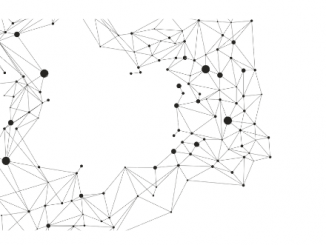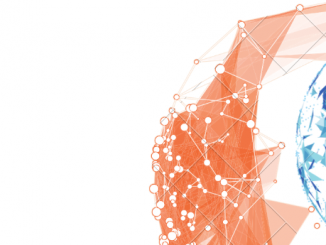
Introduction
Snowpark, the latest addition to the Snowflake platform, is a powerful developer framework that brings deep, language-integrated data programmability to users. Whether you’re a data engineer, data scientist, or developer, Snowpark enables you to work with data more efficiently and effectively in the languages you love. Let’s dive into what Snowpark is, its benefits, and how you can leverage it for streamlined data processing.
What Is Snowpark?
Snowpark is designed to make building complex data pipelines a breeze. It allows developers to interact with Snowflake directly without moving data. Here are some key points about Snowpark:
- Language Integration: Snowpark integrates seamlessly with popular programming languages.
- DataFrames: Snowpark leverages familiar programming constructs like DataFrames. This means you can work with data using the same idioms you’re accustomed to in your preferred language.
- Extensibility: Snowpark eliminates inefficient data pipelines by allowing you to work right where the data lives—in Snowflake’s scalable, secure compute engine. It’s all about making collaboration easier and optimizing processes.
Key Features of Snowpark:
- Unified Execution Engine: Run diverse workloads using SQL, Python, Scala, and Java in a single environment.
- Seamless Data Processing: Work with structured and unstructured data formats interchangeably, eliminating data movement and streamlining workflows.
- Unprecedented Performance: Leverage Snowflake’s elastic, cloud-based architecture for faster data processing and analysis.
- Enhanced Developer Experience: Write familiar code in your preferred language, benefitting from existing libraries and frameworks.
- Simplified Machine Learning Integration: Build, train, and deploy machine learning models directly within Snowflake using familiar languages.
Use Cases
Snowpark has been embraced by Snowflake customers and partners for various critical tasks:
- PII Detection: Some organizations use Snowpark to identify personally identifiable information (PII) within their datasets.
- Data Format Conversion: Snowpark helps convert data formats during loading, making it flexible for different use cases.
- Graph Exploration: Companies explore relationships and patterns in their data using Snowpark.
- Machine Learning Integration: Snowpark allows seamless integration of machine learning models into Snowflake, enabling easier operationalization.
Collaboration and Security
Snowpark fosters collaboration across teams with different skill sets. Data engineers, data scientists, and developers can work on the same data, ensuring consistency and efficiency. Additionally, data security and governance remain a top priority.
Conclusion
Snowpark is a game-changer for developers in the Snowflake ecosystem. It opens up data access and manipulation to a broader community, making data processing faster, easier, and more secure. As Snowpark continues to evolve, we can expect even more exciting use cases and innovations.


